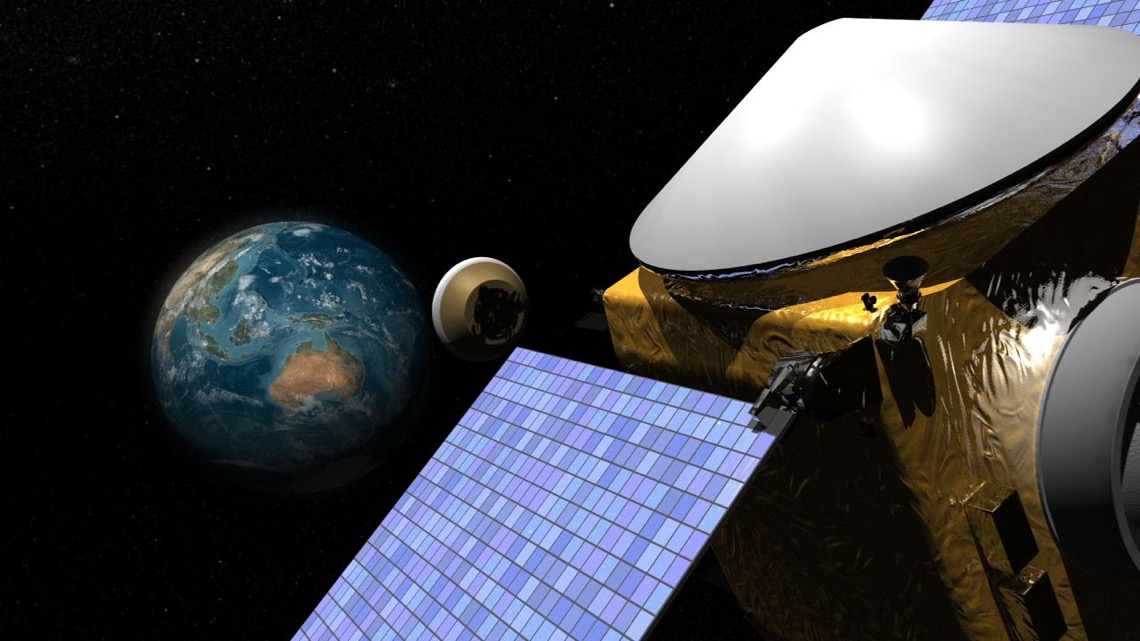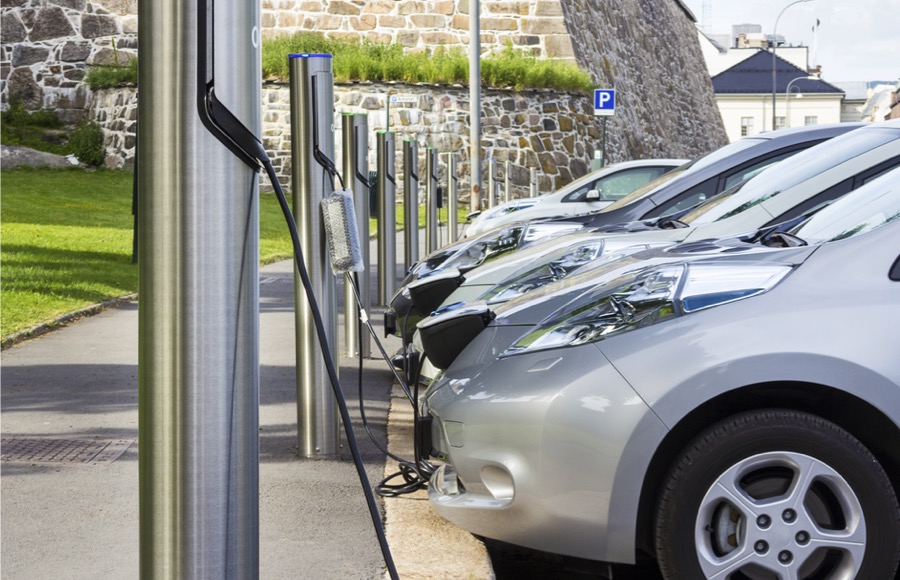NASA’s latest mission may tell us whether asteroid mining is really a go

The OSIRIS-REx spacecraft will take samples of asteroid material and return it to Earth. (Image courtesy of NASA)
The US National Aeronautics and Space Administration (NASA) has launched its first mission to take samples from an asteroid and return them to Earth, in what it could be a pivotal step for several companies currently planning to tap into the still uncertain space mining business.
Asteroids are believed to be packed with iron ore, nickel and precious metals at much higher concentrations than those found on Earth, making up a market valued in the trillions of dollars.
The $1 billion spacecraft, called OSIRIS-REx, blasted off from Cape Canaveral in Florida on Thursday evening aboard an Atlas V rocket. It now begins a two-year journey to the asteroid Bennu, from which it would try gathering around 60 grams of dust, soil and rubble and return it to Earth.
Asteroids like Bennu are considered residues from the formation of our solar system more than 4.5 billion years ago. Scientists suspect those celestial bodies may have been a source of the water and organic molecules for the early Earth and other planetary bodies.
“An uncontaminated asteroid sample from a known source would enable precise analyses, providing results far beyond what can be achieved by spacecraft-based instruments or by studying meteorites,” NASA said in a statement.
Once OSIRIS-REx arrives at Bennu in 2018, it will spend a couple of years surveying the asteroid’s body using its five instruments — three spectrometers, a camera suite and a laser altimeter — to select a suitable site for sampling.

Once OSIRIS-REx arrives at Bennu in 2018, it will spend a couple of years surveying the asteroid’s body. (Image courtesy of NASA)
The craft will then carefully approach the celestial body — though it will never actually land on it — and extend a 3.3 m arm that will fire nitrogen gas at the surface. This jet will break off samples to be collected and returned to Earth in 2023.
Geologists believe asteroids are packed with iron ore, nickel and precious metals at much higher concentrations than those found on Earth, making up a market valued in the trillions of dollars.
Not only private companies are planning to mine celestial bodies. Governments have joined the race too — US President Barack Obama signed a law in November granting American citizens rights to own resources mined in space. Shortly after, Luxembourg signed a deal with two US space research companies, in an effort to become a global centre for asteroid mining.
{{ commodity.name }}
{{ post.title }}
{{ post.date }}




Comments
David Boleneus
Hey NASA. Wake up. The US and Canada have mineral resources here, on Earth and we have geologists who can find it here without your competition. How about throwing those billions our way instead? Your silliness, shall we call it extra-lunarcy, in spending billions on rockets to look on asteroids is compounded by your foolishness to willfully violate sampling protocols, in collecting only a 60 gram sample, two percent the size we sample here, collecting from an unknown or numerous sources which you cannot identify and magnifies the likelihood of contamination and from an unknown non-point source location. If you find something of interest analytically you will be unable to locate it because of these violations and furthermore, how on “earth” will you recover it, tele-transport it?